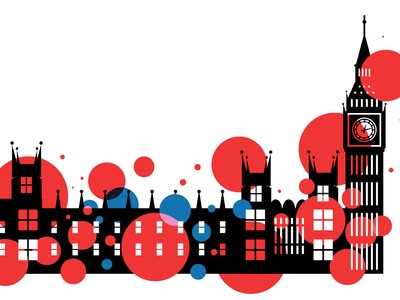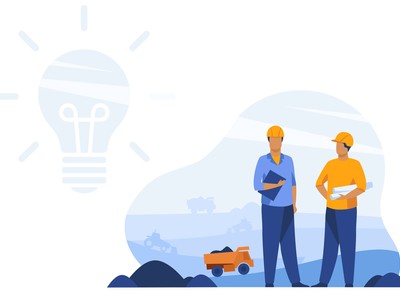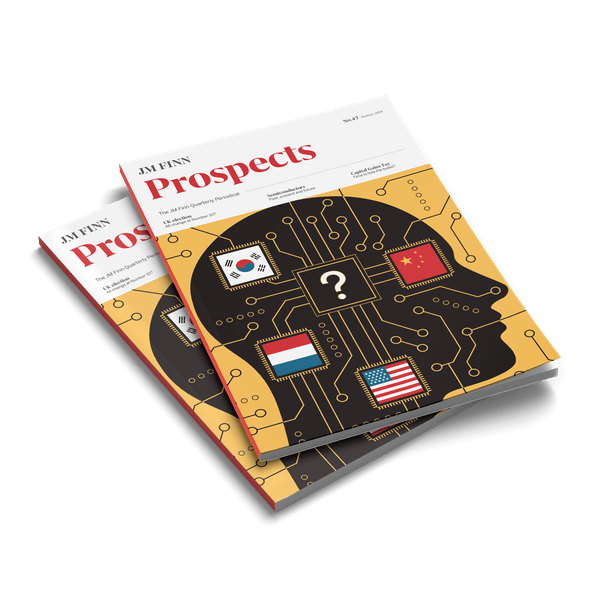LVMH (Moët Hennessy Louis Vuitton) may be a young company in itself, founded in 1987, however, the heritage of its brands stretches much further back, with Château d'Yquem - the oldest brand under the LVMH umbrella - established in 1593. Today, LVMH is the world's leading luxury group, encompassing 75 prestigious houses across five business groups, employing over 200,000 people worldwide.
The average CEO lasts only seven years, but Bernard Arnault, the world's richest person, has been the leader of LVMH since close to its inception, creating key person risk. A Parisian adage, "all roads lead to Arnault," aptly captures his immense influence.
Unlike most luxury brands that are built on heritage, LVMH's story is of shrewd acquisitions and financial manoeuvring. Arnault’s nickname “the wolf in cashmere”, accurately represents his quite brilliant ruthless tactics, mastering the art of the leveraged buyout (LBO). His approach was not to strip the asset of its value, as made popular in 80s America, but to acquire undervalued companies with hidden potential, like Christian Dior, which he saw as a sleeping giant within the Boussac textile company, purchasing the whole company for $60m, in which $15m was his own money.
LVMH itself emerged from a shotgun wedding between Moët Hennessy, led by Alain Chevalier, and Louis Vuitton, under Henri Racamier. Ego clashes and fighting in the press quickly led the pair to seek outside support. While Chevalier found backing in Guinness, Racamier made a fateful decision turning to Arnault, opening the door for the wolf to enter the LVMH hen house. Arnault, with a keen eye for opportunity, seized the moment. Within months, he amassed a significant stake in LVMH, effectively taking control of the newly formed conglomerate.
Before Arnault’s leadership, the industry was fragmented across individual brands, but he realised the potential for powerful economies of scale. The sector operates in a very unique way: needing scarcity to promote brand value, thus stunting growth. You can’t lower your cost structure too much without devaluing your brand. Outsourcing non-core activities wasn’t an option either, as maintaining quality control was paramount. What Arnault realises is that you need to create a small-scale production that is boutique and serves a small set of clients. But you can have a large-scale business by having a large portfolio of brands, creating scale through talent and materials, but importantly also through distribution (i.e. shops, experiences and customer relationships).
LVMH's story is of shrewd acquisitions and financial manoeuvring.
Upon taking over, Arnault implemented a significant shift in strategy. He expanded LVMH’s production capabilities, increasing the number of factories from 5 to 14. As Arnault states “If you control your factories, you control your quality. If you control your distribution, you control your image.” This strategic change was followed by aggressive acquisitions. In the decade beginning 1996, LVMH acquired 19 brands including household names like Loewe, Celine, Sephora, DFS, Tag Heuer, and Fendi.
LVMH transcends mere products, instead selling a status symbol. As Coco Channel put it: “Luxury is a necessity that begins where necessity ends.” This can be seen in the way fashion shows have morphed over time, from showing off what you could buy to now being a super high-production piece of art, where a model might be wearing only 1 or 2 items for the brand.
LVMH’s importance has grown as women’s fashion has evolved: accessories like hats, gloves, and wristlets have given way to more practical shoulder bags. The fashion and leather goods segment is the statement piece of LVMH, making up just under half of sales. It is thriving as these goods are easy to sell, and they don’t require sizing, trying on, hemming or modifying. They are easy to create and produce, which all lead to enviable operating margins of 39.9% in fashion and leather goods, compared to the wider group operating margin of 26.4%.
LVMH’s reach extends far beyond just handbags and luggage. The company encompasses a diverse portfolio of “Maisons” (independent houses) spanning fashion, wines and spirits (Dom Perignon), perfumes and cosmetics (Sephora), watches and jewellery (Bulgari and Tag Heuer), and selective retailing (including airport duty-free giant DFS, whose original logo was designed by Andy Warhol). Each Maison still retains its unique identity, while benefiting from LVMH’s shared resources. LVMH continues to expand, acquiring Tiffany & Co. for $15.8bn in 2021, the largest acquisition in the luxury industry and reaching €86bn in sales with €15bn in net income in 2023. LVMH remains expensive like its products, being valued as the 2nd most expensive company in Europe.
Succession planning after Arnault becomes crucial and remains one of the key risks for the future. Arnault’s five children are all executives working within LVMH and are poised to inherit this remarkable legacy.





